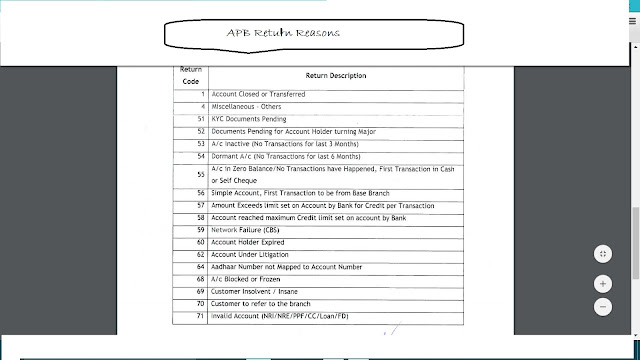The Design Choices for India's own CBDC - e₹ (Digital Rupee)
The Design Choices for India's own CBDC - e₹ (Digital Rupee)
As
per RBI concept paper on CBDCs, as CBDCs are an electronic form of sovereign
currency, they should imbibe all the possible features of physical currency.
The e₹
(Digital Rupee) is the final product and the creative process toward the final
product has to be designed.
Though the design is a creative
process it has economic consequences insofar as a product's shape,
configuration and performance affect its marketability and its cost of
production.
The
design of CBDC is dependent on the functions it is expected to perform, and the
design determines its implications for payment systems, monetary policy as well
as the structure and stability of the financial system.
One of
the main considerations is that the design features of CBDCs should be least
disruptive.
The least
disruptive consideration will enable the general public to quickly adopt ERs as
and when they are open to the general public.
The key design choices to be
considered for issuing CBDCs include:
(i) Type of CBDC to be issued - (Wholesale
CBDC and/or Retail CBDC),
(ii) Models for issuance and
management of CBDCs (Direct, Indirect or Hybrid model),
(iii) Form of CBDC (Token-based
or Account-based),
(iv) Instrument Design
(Remunerated or Non-remunerated)
and (v) Degree of Anonymity
Highlights of the
above Design Choices for India’s own e₹ (Digital Rupee)
(i)
Type of CBDC to be issued - (Wholesale CBDC and/or
Retail CBDC),
Highlight A) As the
word denotes, Wholesale e₹ (Digital Rupee) is for high volume, high-value
transactions.
Highlight B) As the
word denotes, Retail e₹ (Digital Rupee) is for low volume, low-value
transactions
(ii) Models for issuance and
management of CBDCs (Direct, Indirect or Hybrid model),
Highlight A) Direct –
Direct claim on the Central Bank
Highlight B) Indirect
- Indirect claim on the Central Bank via intermediaries
Highlight C) Hybrid –
Hybrid claim on the Central Bank, but with a backup infrastructure
(iii) Form of CBDC (Token-based
or Account-based),
Highlight A)
Token-based _ As the name suggests, e₹ (Digital Rupee) are held as Tokens which
can be compared to physical cash. CBDC Tokens will be in electronic mode, and
cannot be seen or felt physically.
Highlight B)
Account-based _ As the name suggests, e₹ (Digital Rupee) are held in Accounts and can be seen as book entries only.
(iv) Instrument Design
(Remunerated or Non-remunerated)
Highlight A)
Remunerated _ This is similar to Interest paid for balances held in Saving Bank
Accounts
Highlight B)
Non-remunerated _ This is similar to non-Interest balances held in Current
Accounts
and (v) Degree of Anonymity
Highlight A) Another
word of ‘Anonymity’, is secrecy. Anonymity in CBDCs may mean as to how much of
the CBDC Token history should be collected and stored.
Highlight B) As per
the concept paper, Anonymity may be there for low-value transactions, up to a
predefined turnover per Unique Identifier.
Disclaimer: These are my personal
thoughts only. The bottom line is Safe ePayments. Nothing More – Nothing
Less.
I am responsible for any errors if
any.
Copyrights, if any belong to the
original copyright holder only.



Comments
Post a Comment